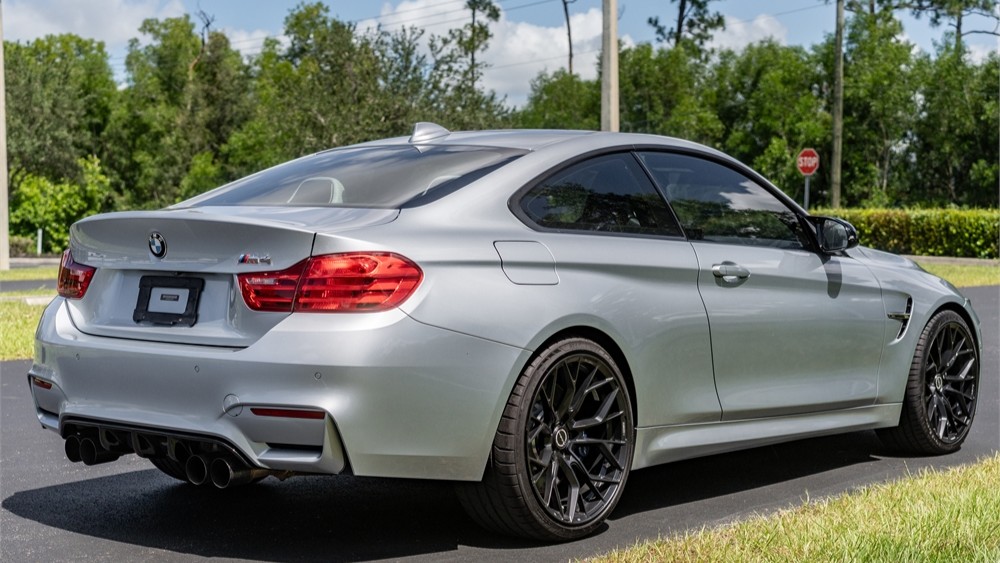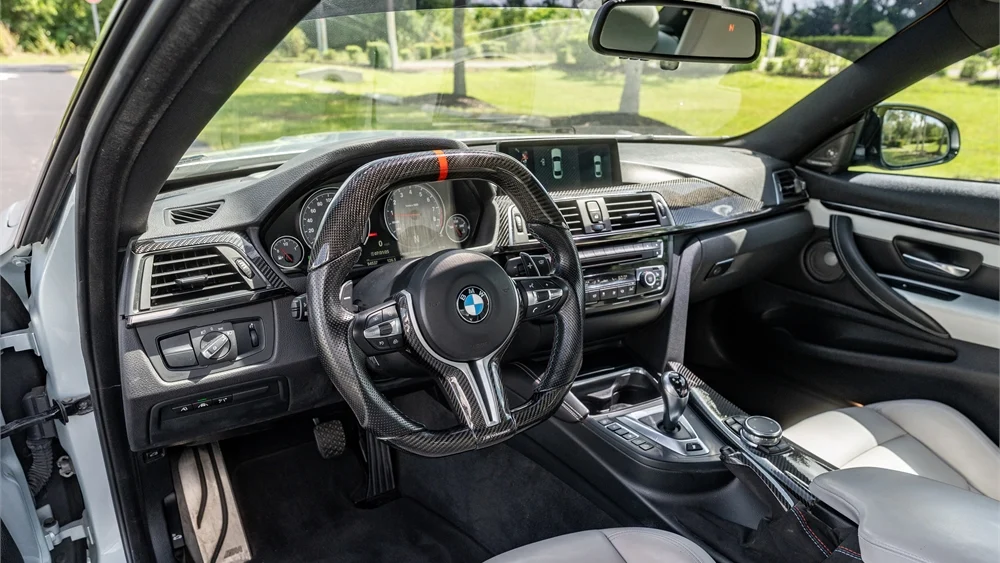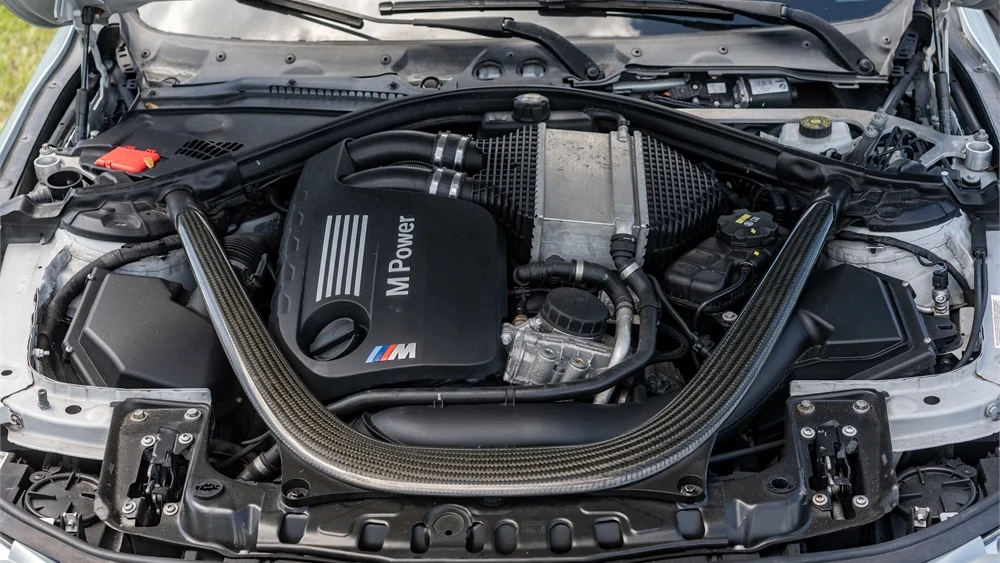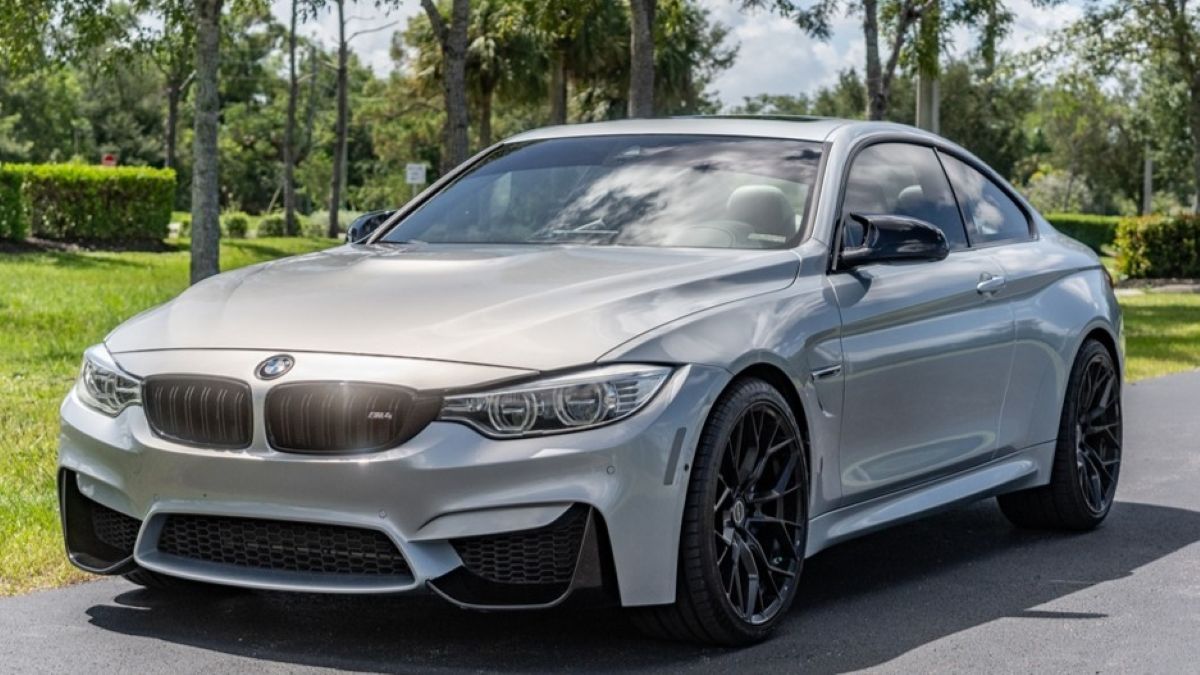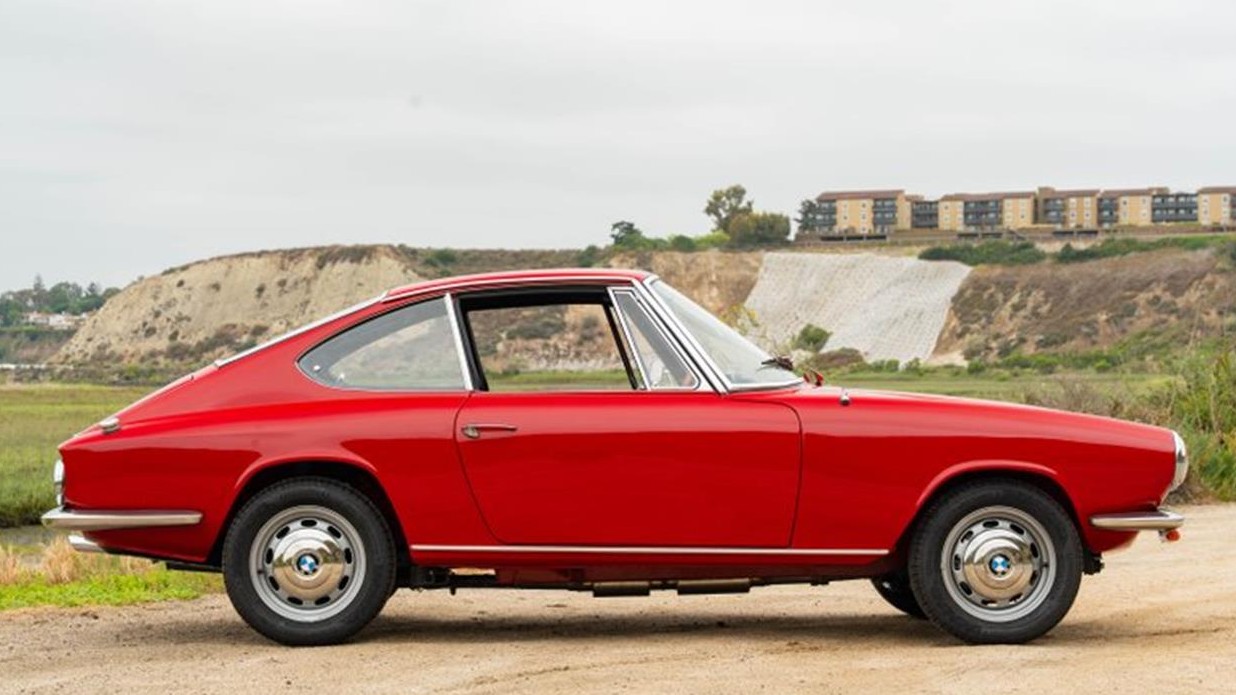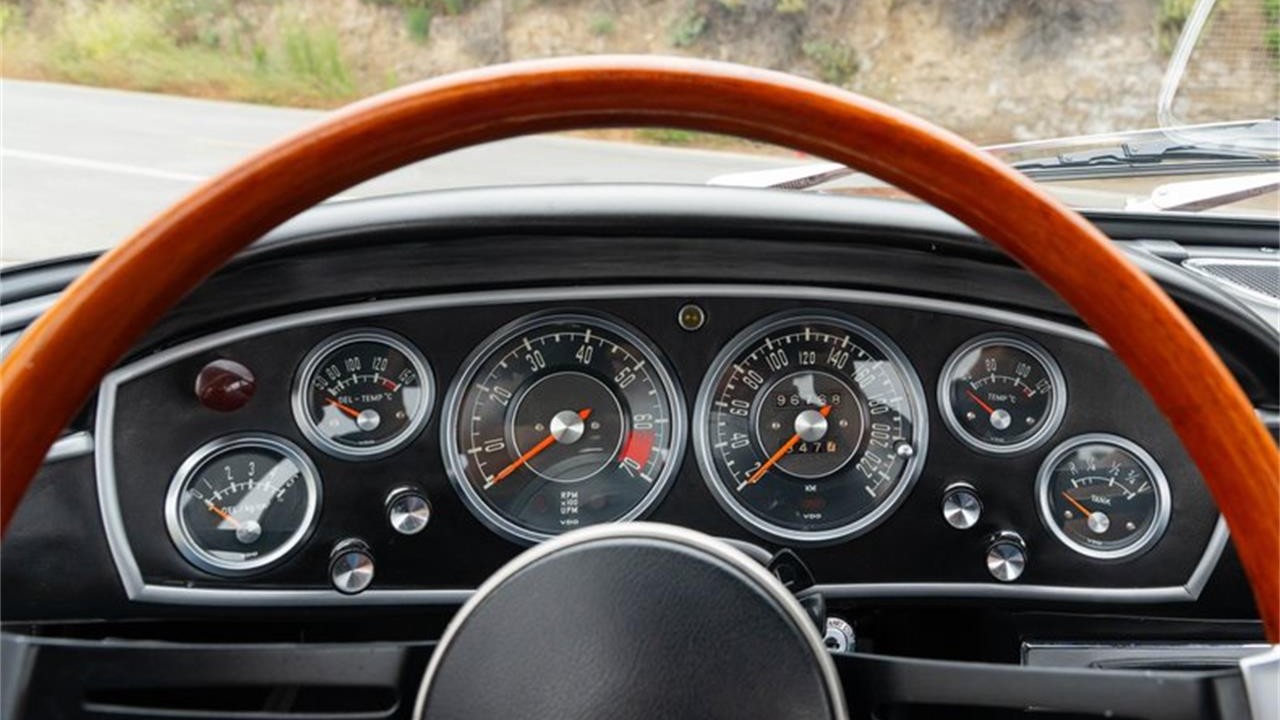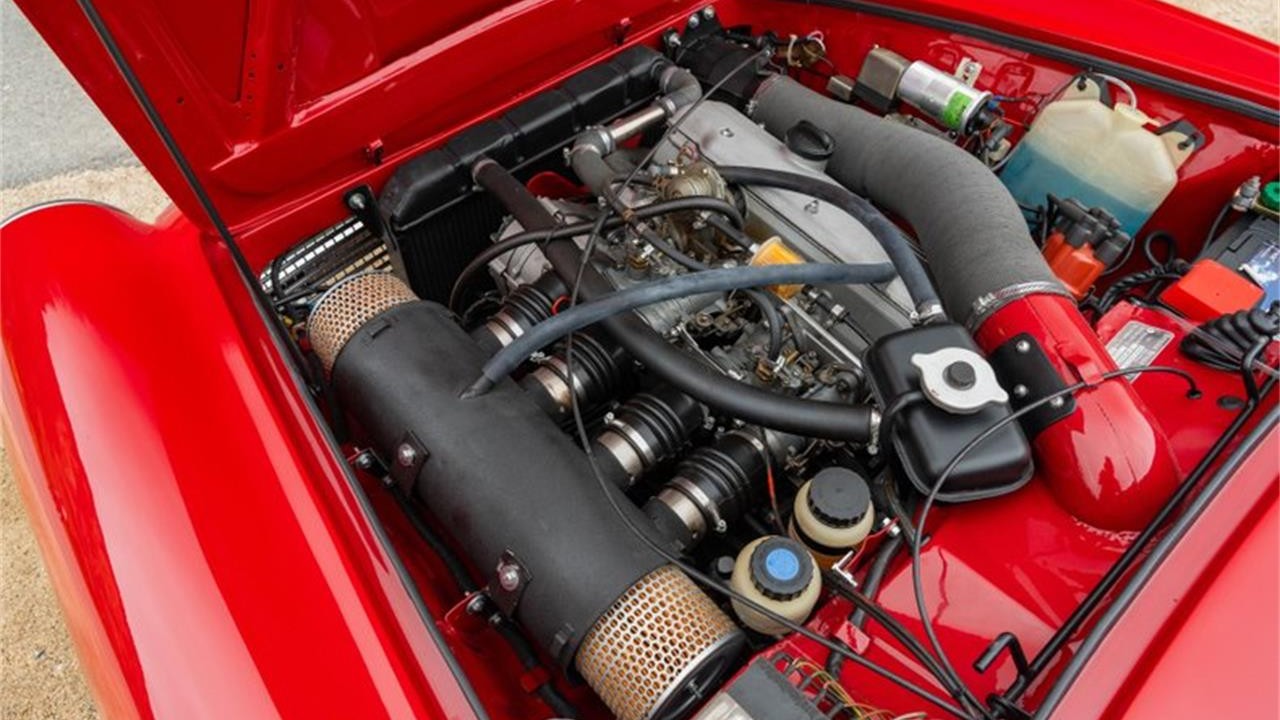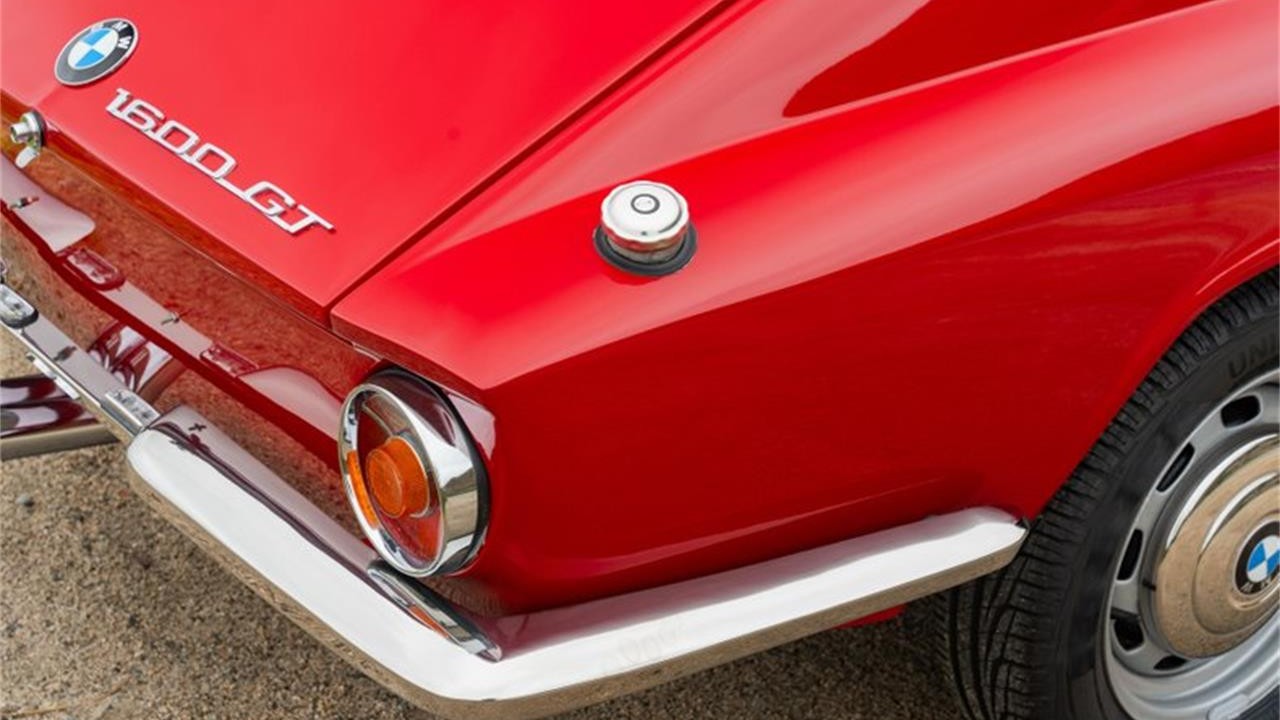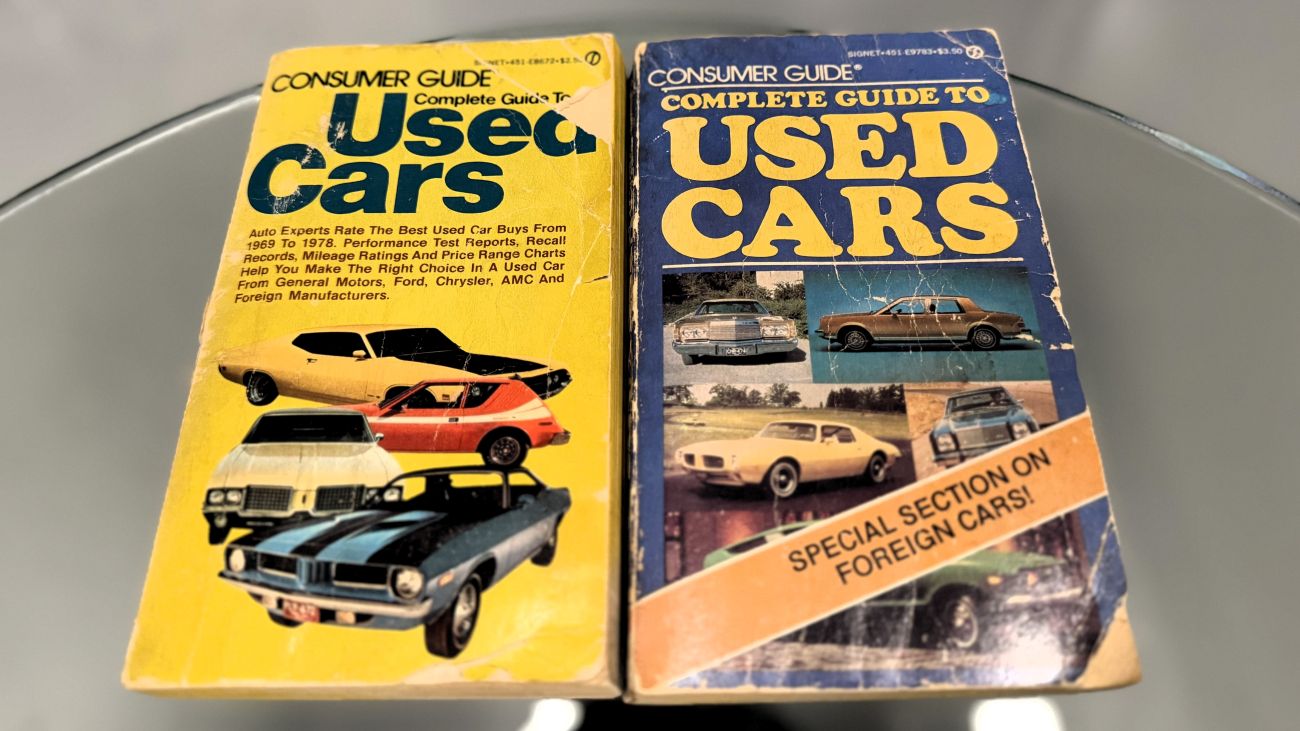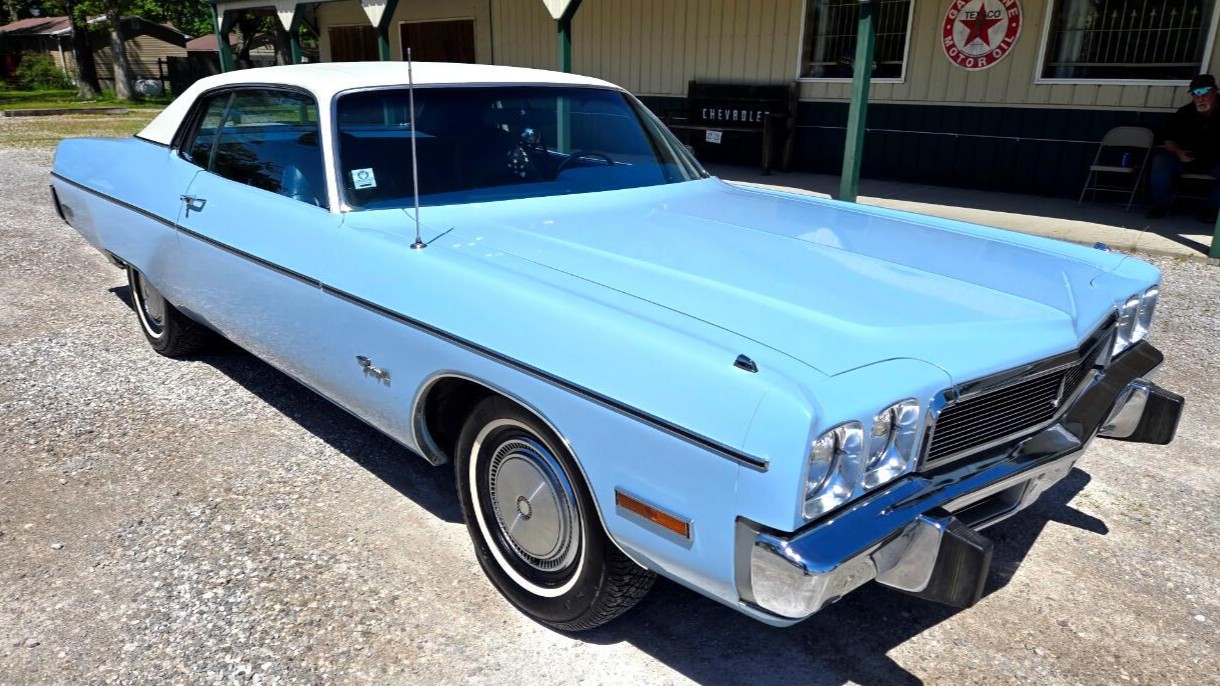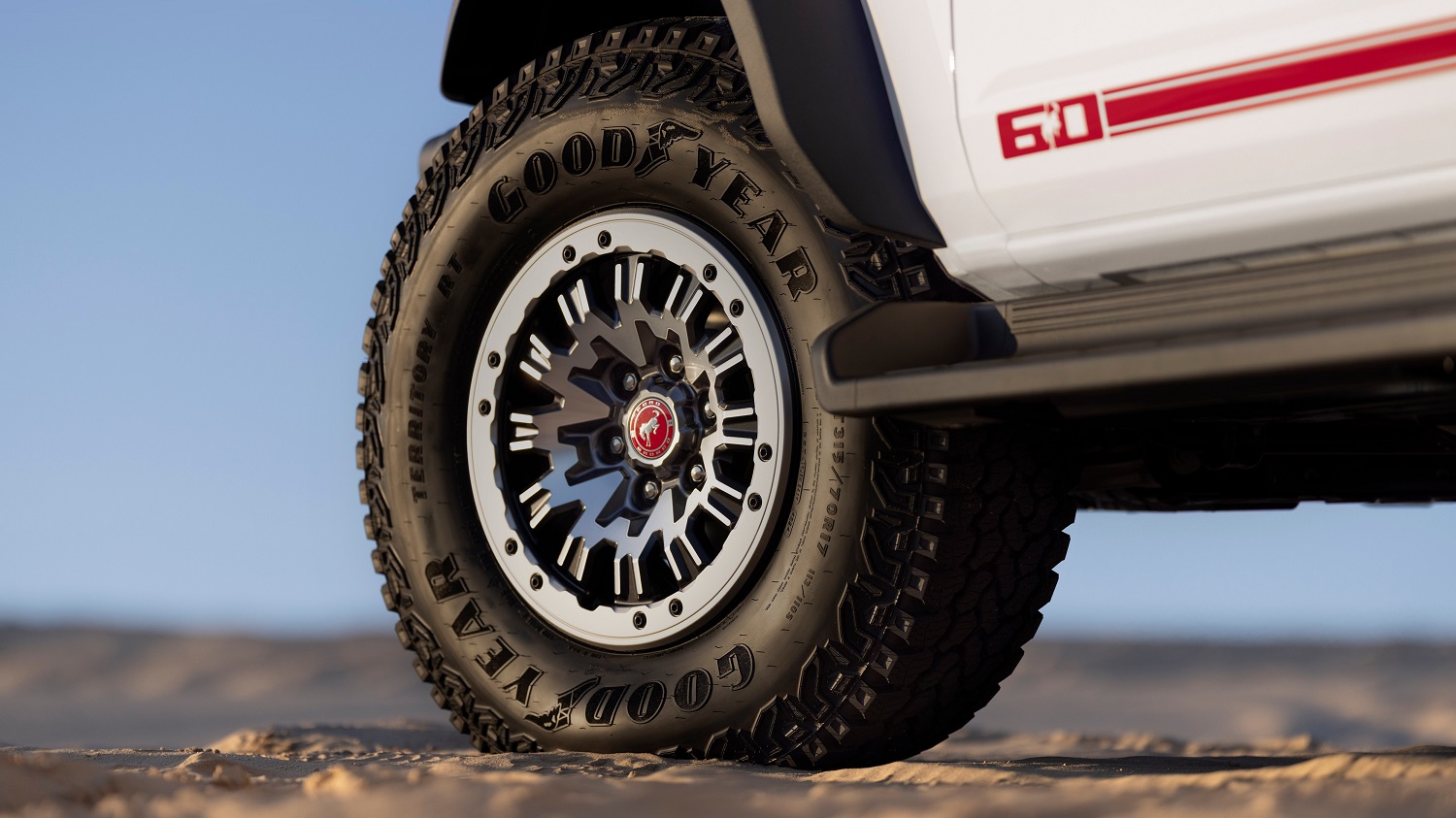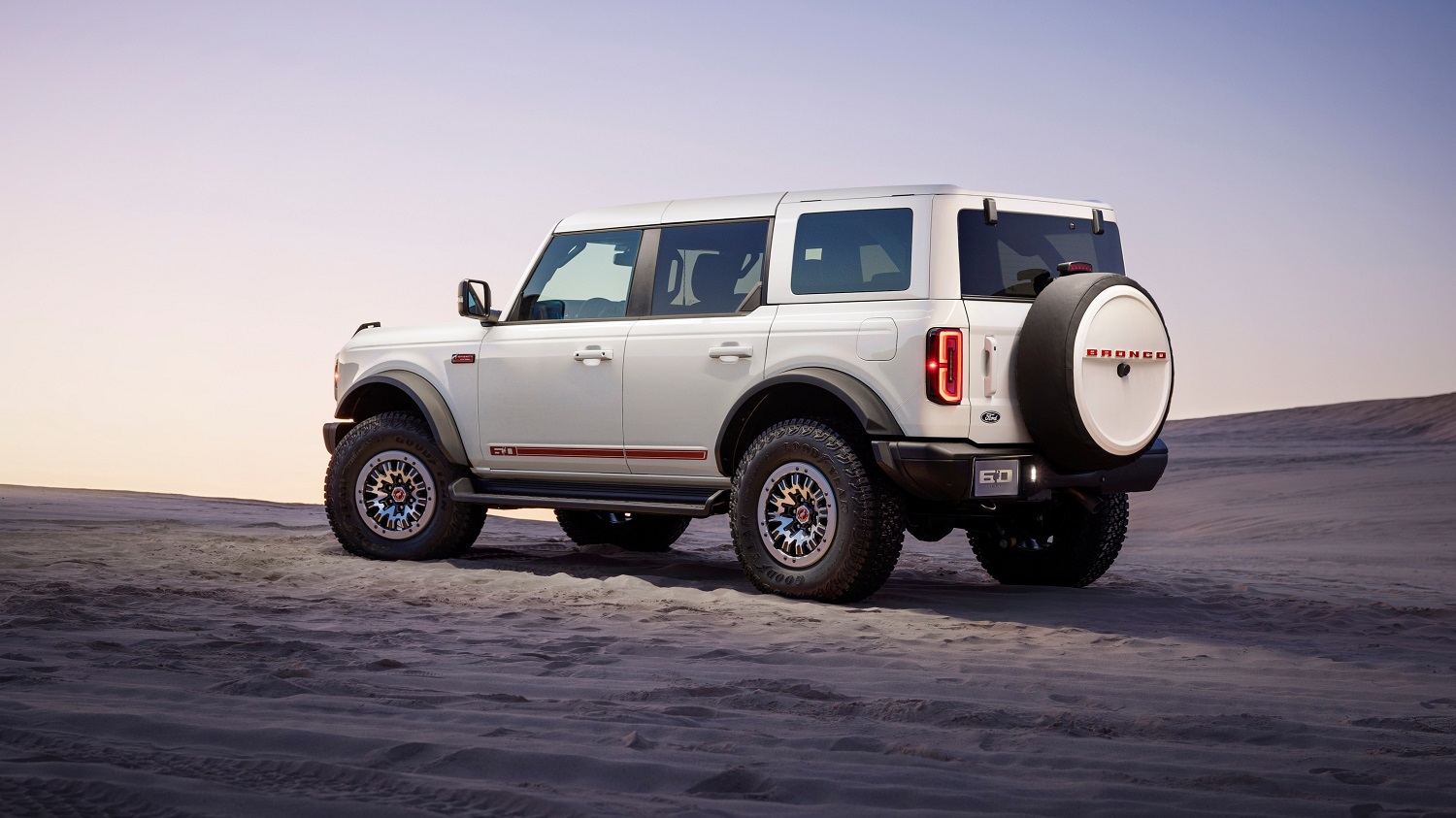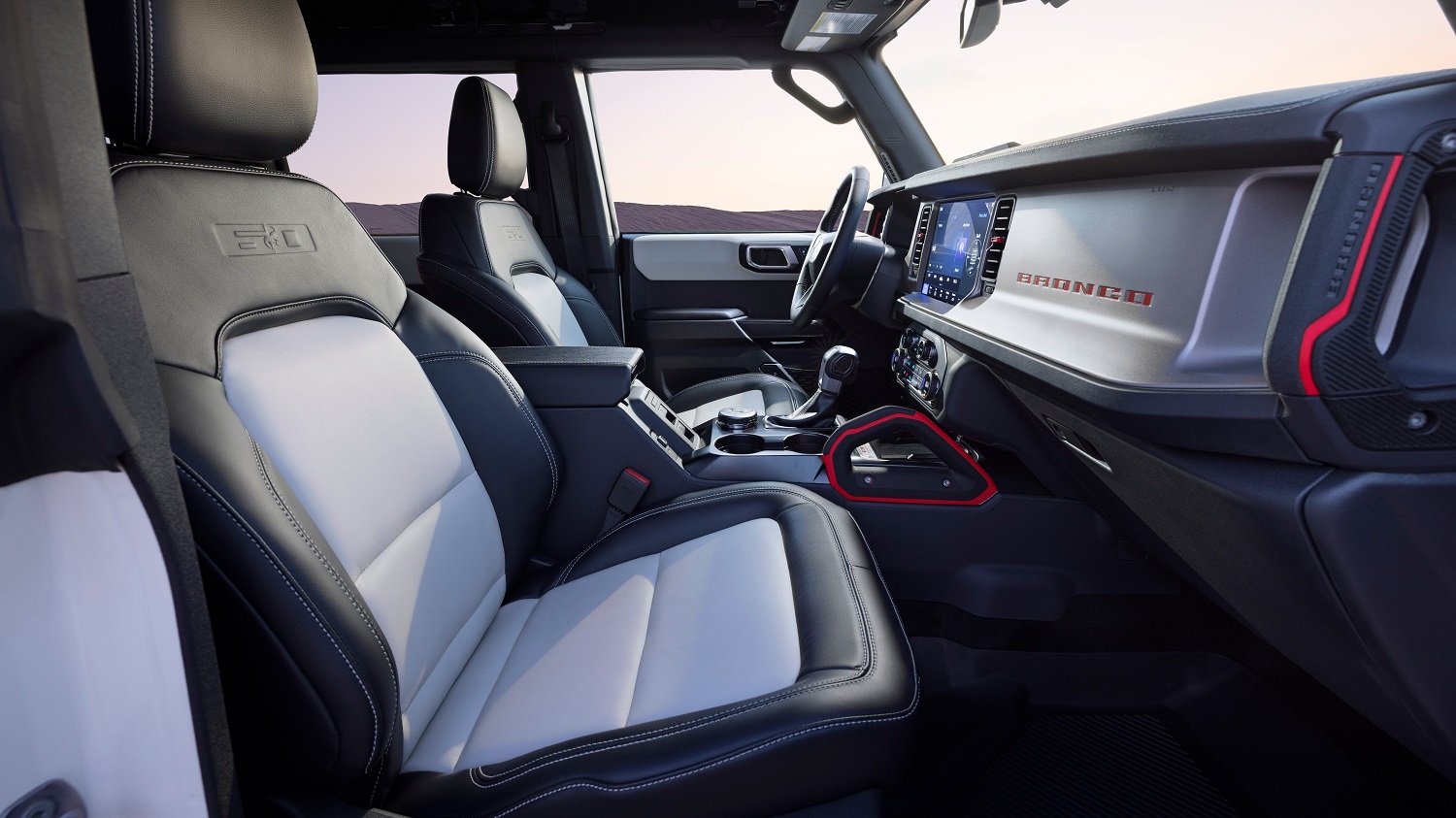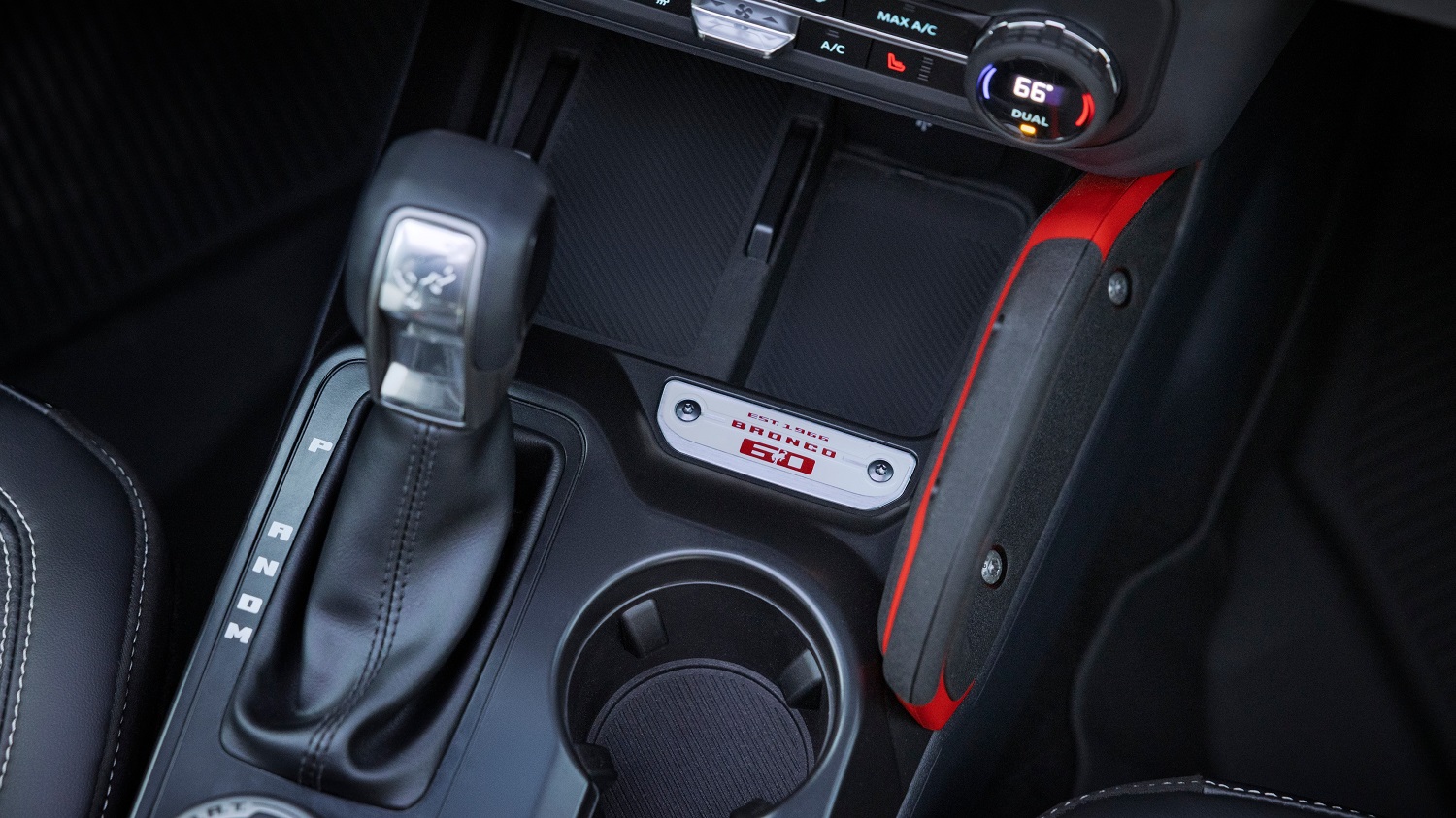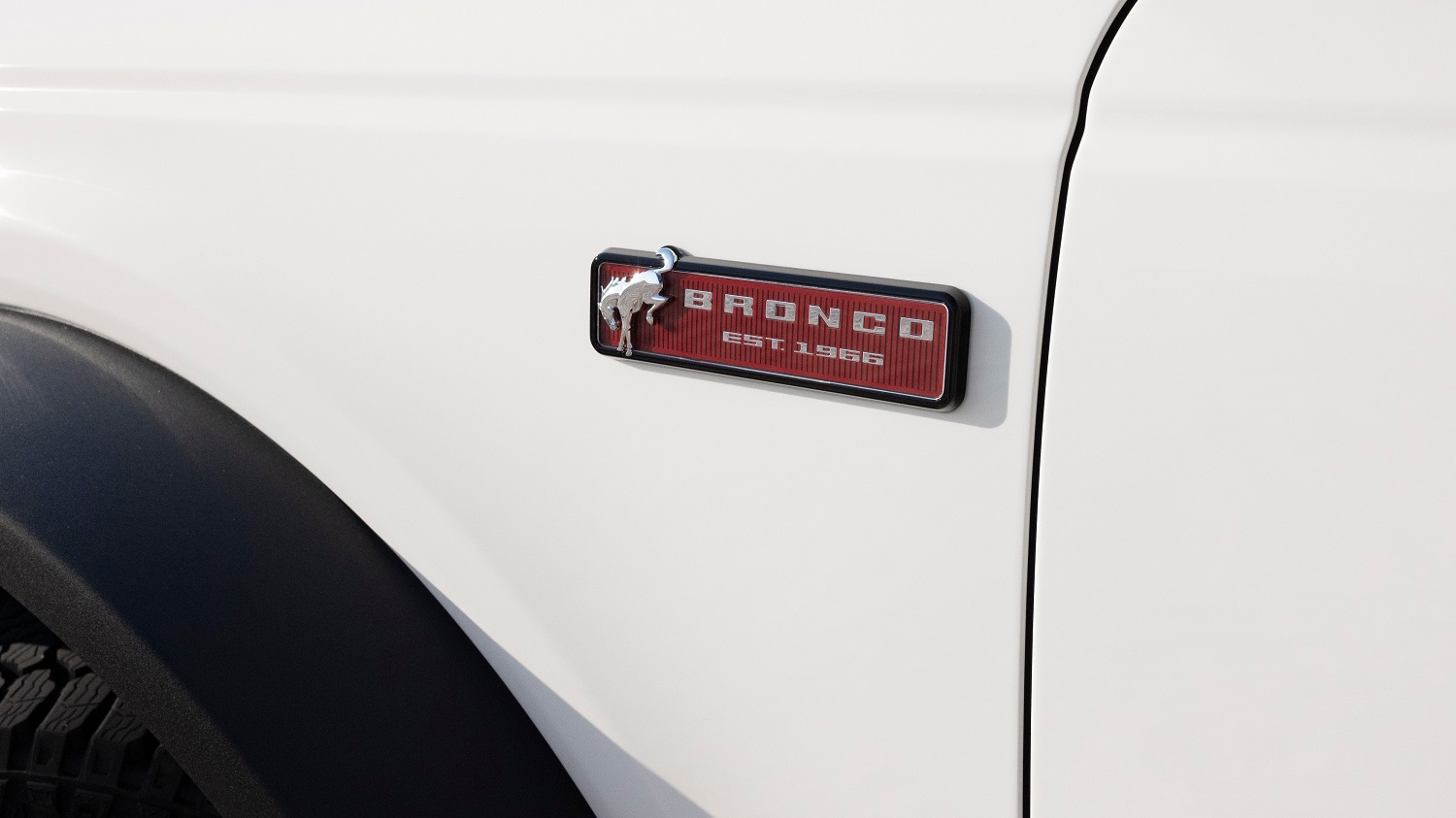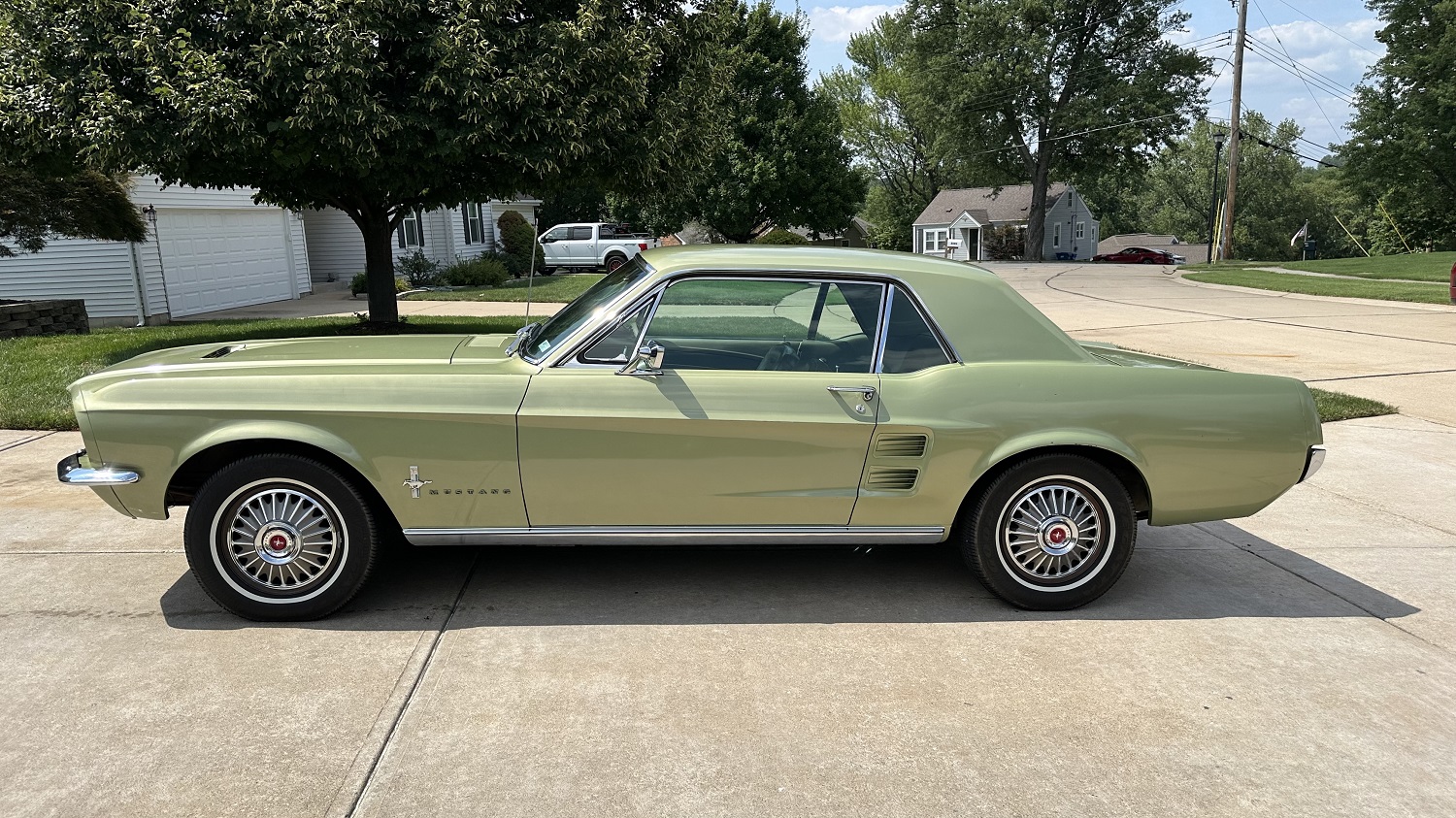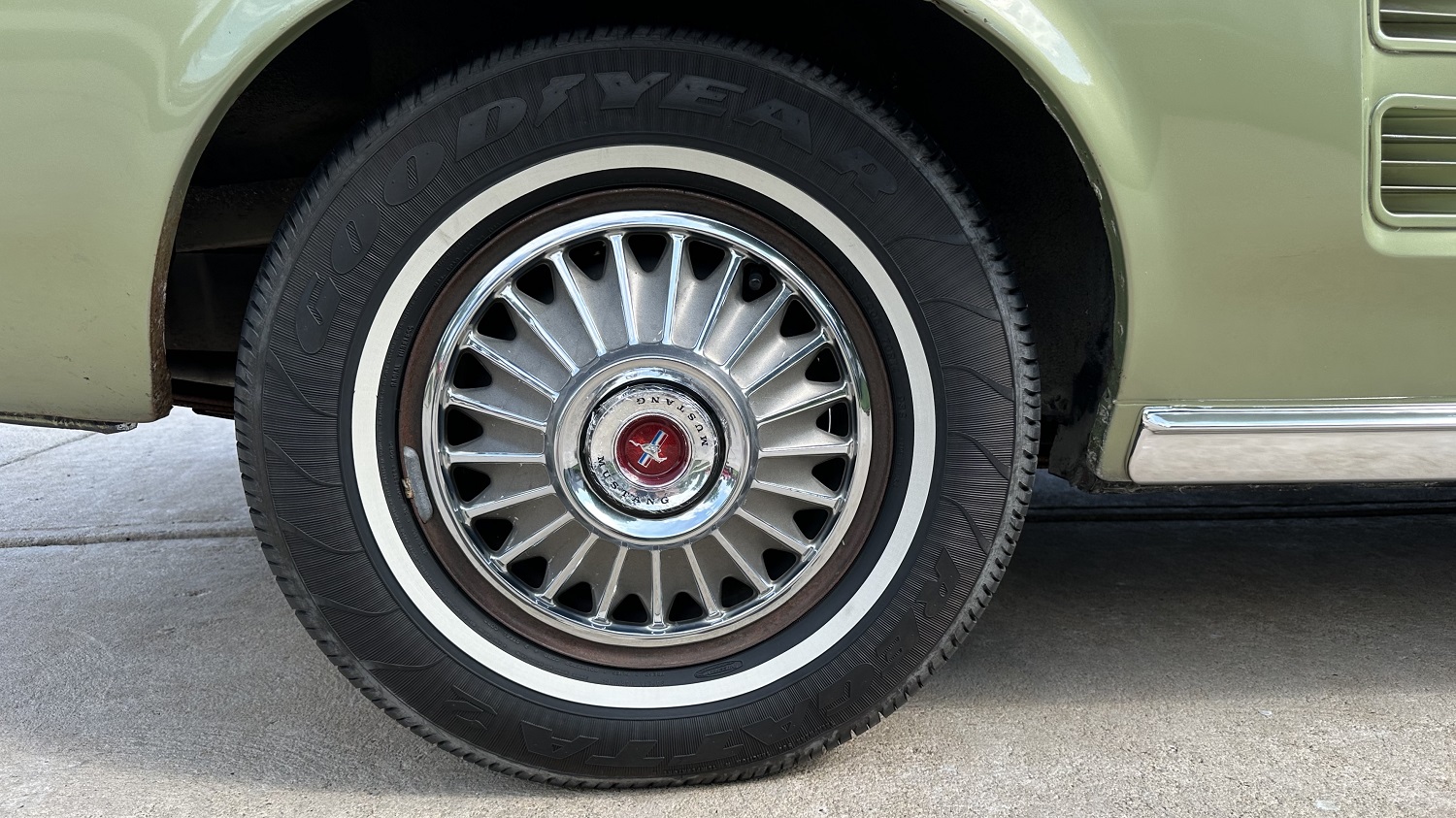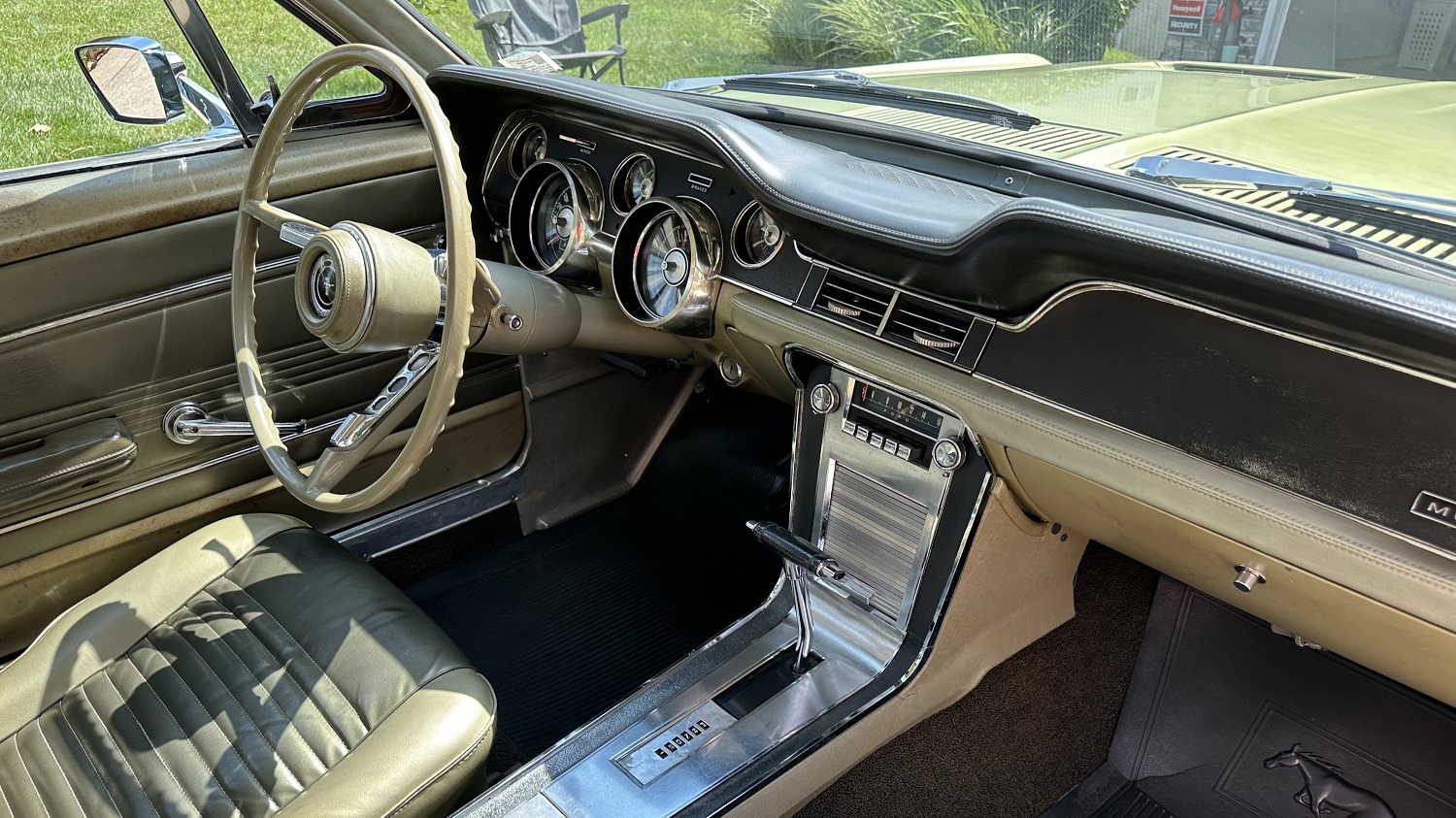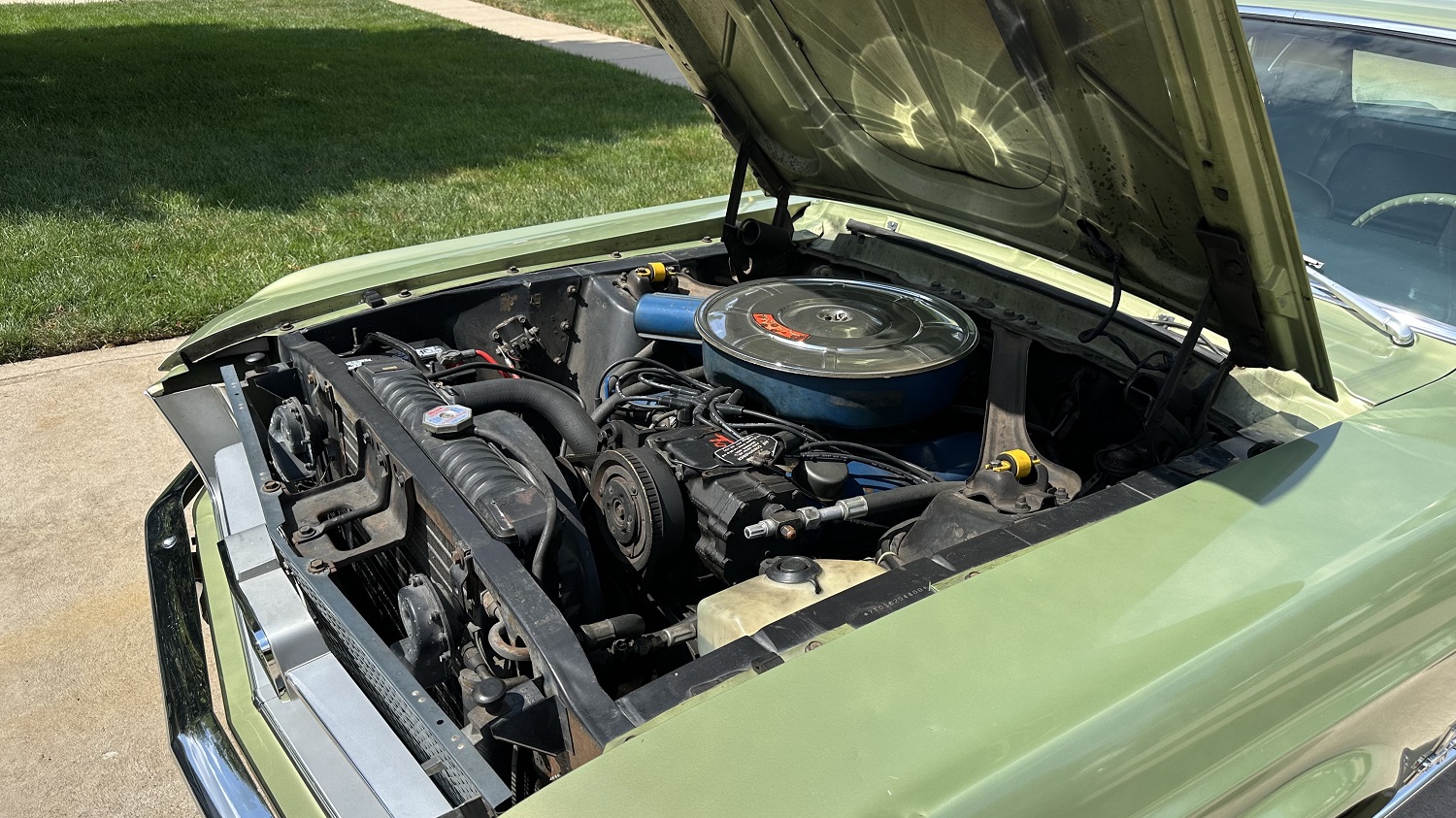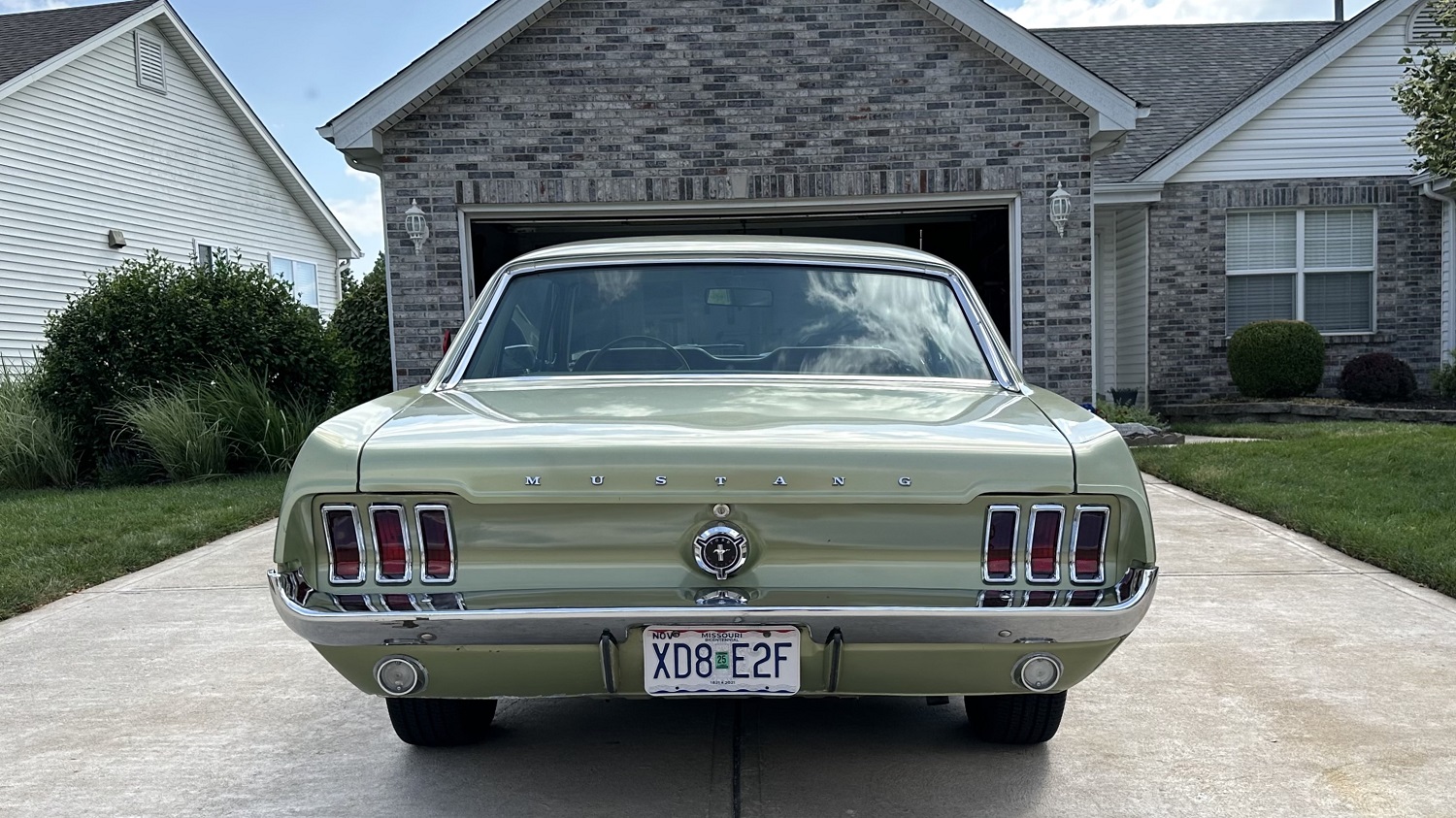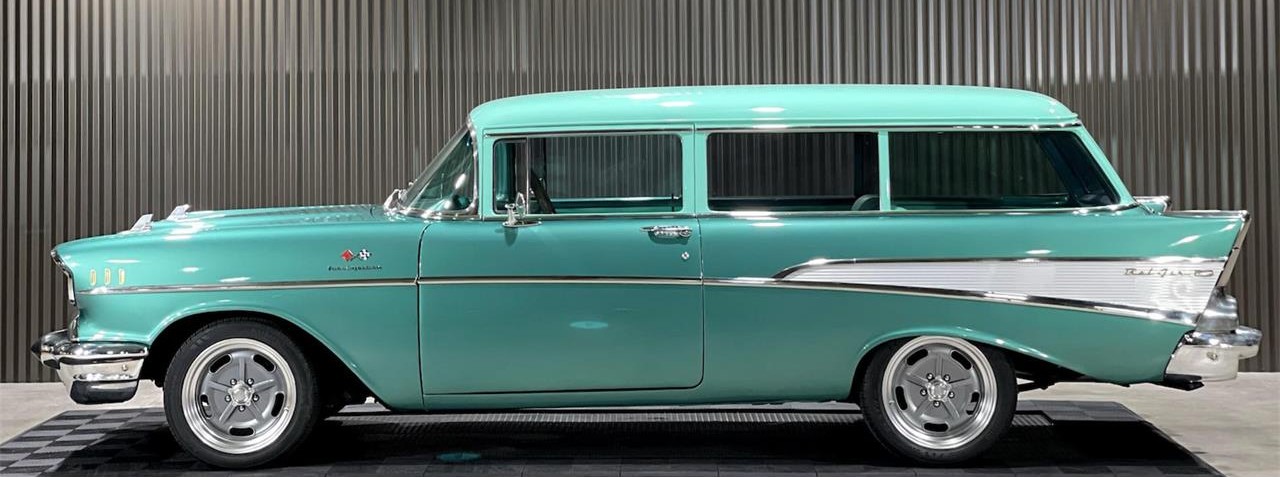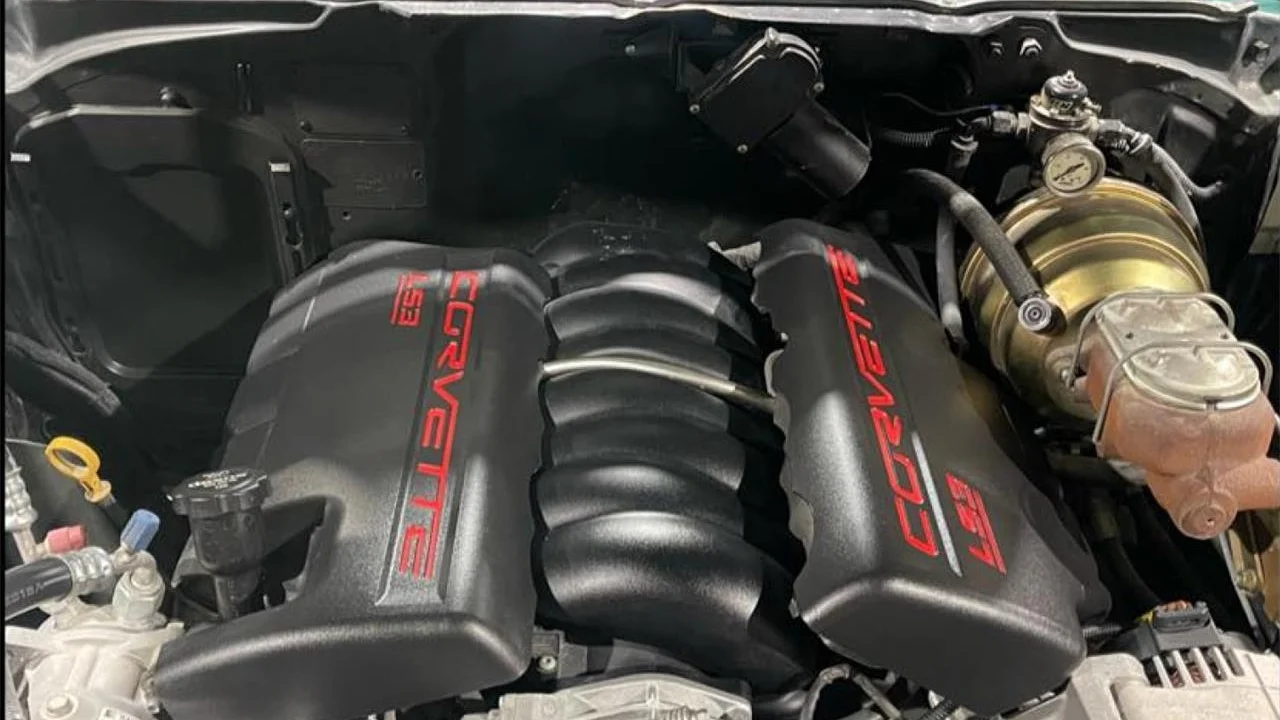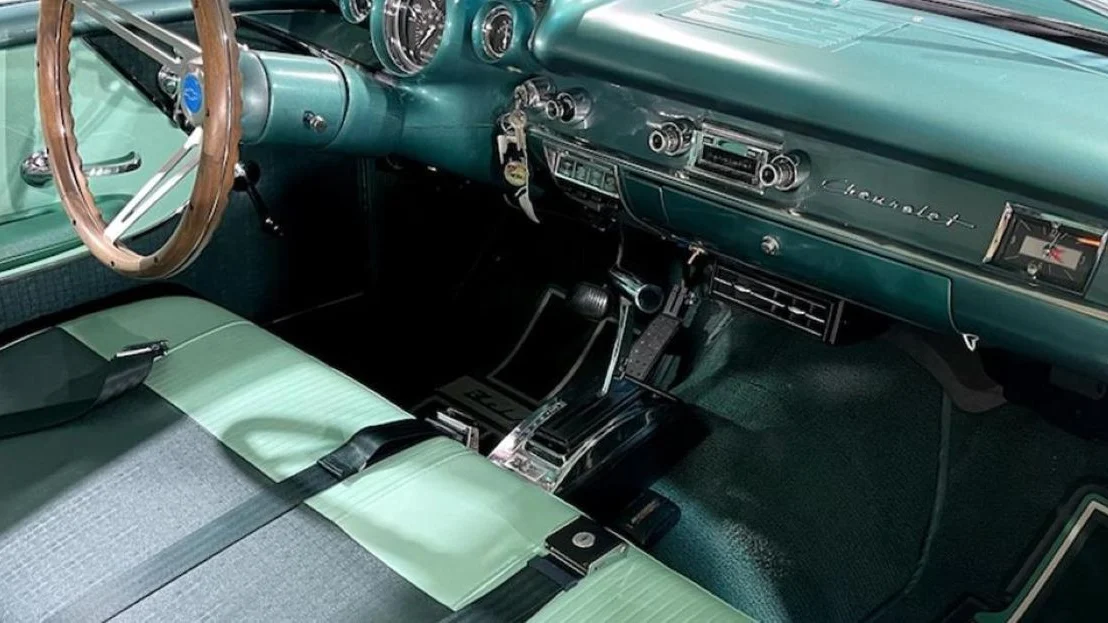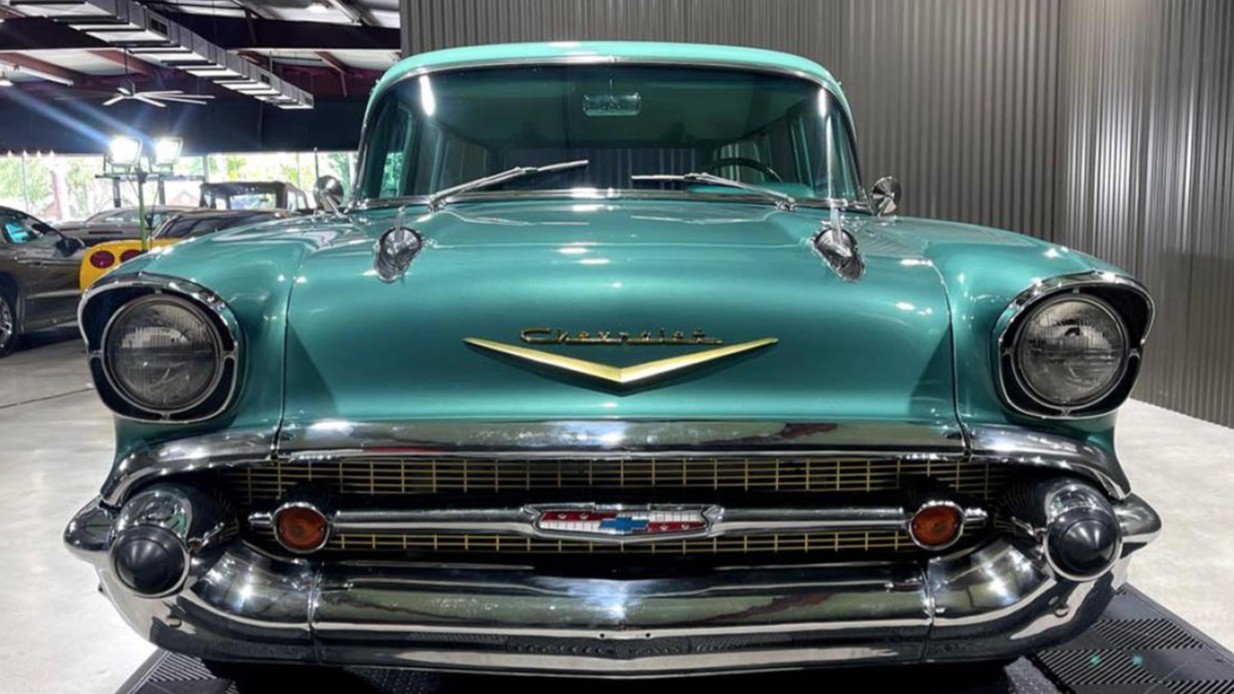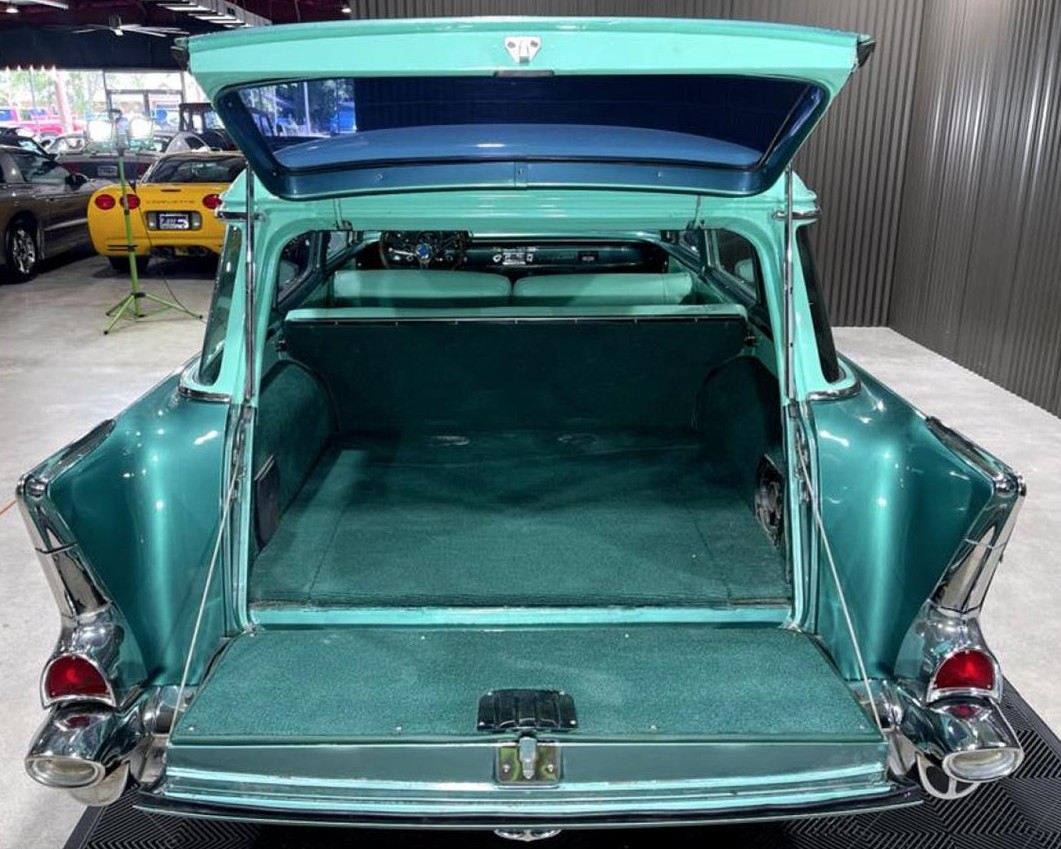Is the following news good or bad? It’s all about perspective.
According to Car and Driver, the Genesis Electrified G80 has been discontinued for the American market. It’s a shame, as it was on the cusp of a 2026 refresh that was to include a 5.1-inch wheelbase increase.
We tested the Electrified G80 in 2023, its inaugural model year in the American market. We found it to be a stylish luxury sedan that’s fleet on its feet—both in straight lines and turns. Yes, there were packaging compromises that affected headroom and trunk space, but those drawbacks are not deal-breakers unless you are Wilt Chamberlain’s zombie.

Truth be told, Hyundai chose not to include the Electrified G80 in Genesis’ 2025 lineup, so it managed to exist only for two model years. For 2023, 1,329 were sold, plus another 397 for 2024—no wonder the Electrified G80 was dropped. Additionally, 77 leftovers were sold during the first half of 2025.
Certainly there is a segment of EV-haters out there who will be celebrating this as good news. These cars may rub against the car culture in which we all participate, not to mention EVs arguably are an unwitting participant in political tribalism thanks to meeting at the crossroads of technology, culture, and climate policy.
It also could be said that this is bad news because it reduces Americans’ freedom of choice, the liberty to choose which goods or services to purchase based on their wants, needs, and resources. The market—at least in the U.S.—has determined that it does not want the Electrified Genesis G80, and Hyundai has elected not to go through the lengths and costs to certify it. If the Electrified G80 was a halo car, perhaps we would be having a different conversation.
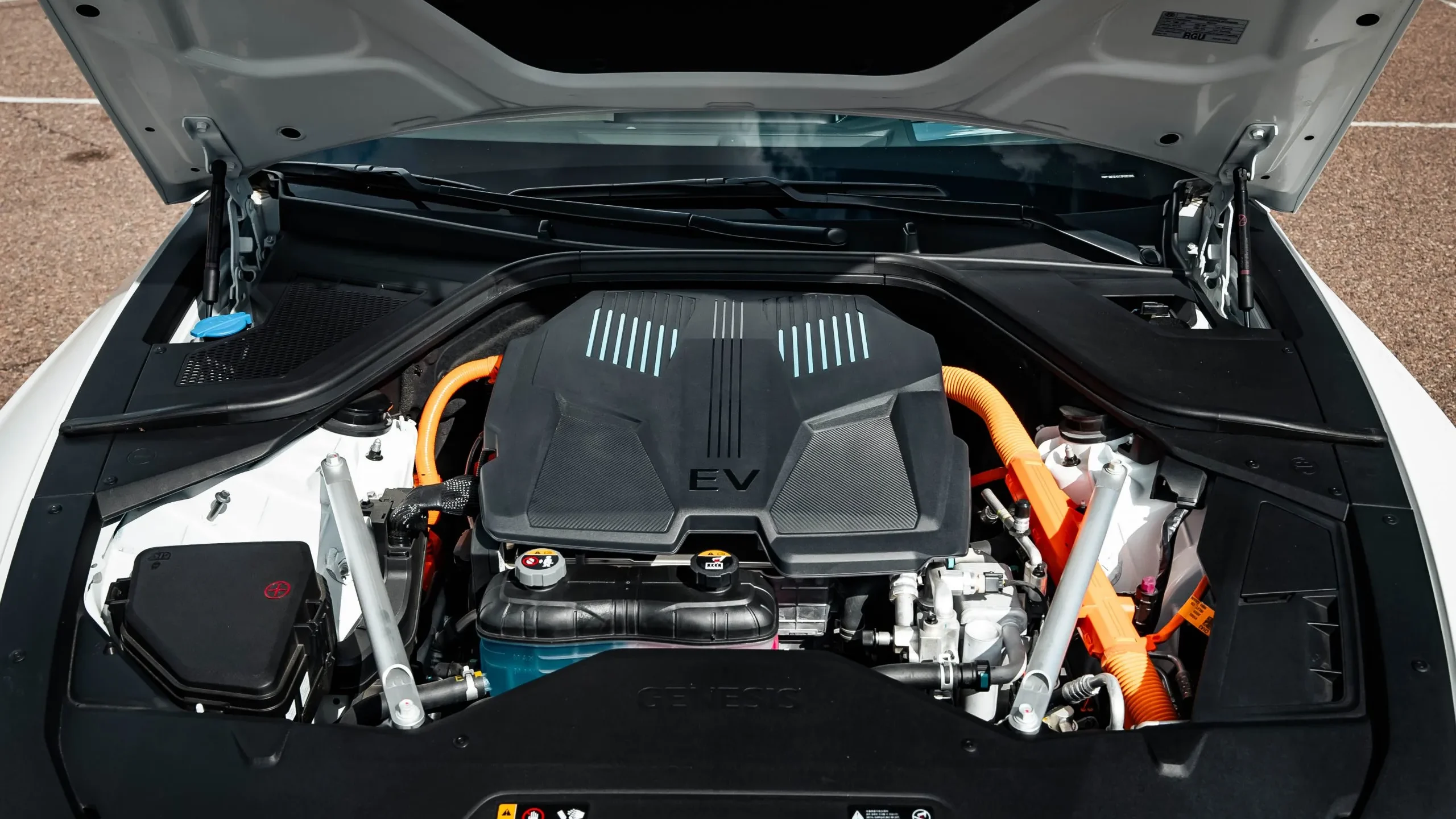
Yet (this may make my former economics professor happy) I could say the public has spoken, deciding it would rather drive a conventionally powered Genesis sedan, if not an EV of a different brand.
So, the question remains: Is it good news or bad that the Genesis Electrified G80 is no longer in the American market?
It all depends on your perspective.

